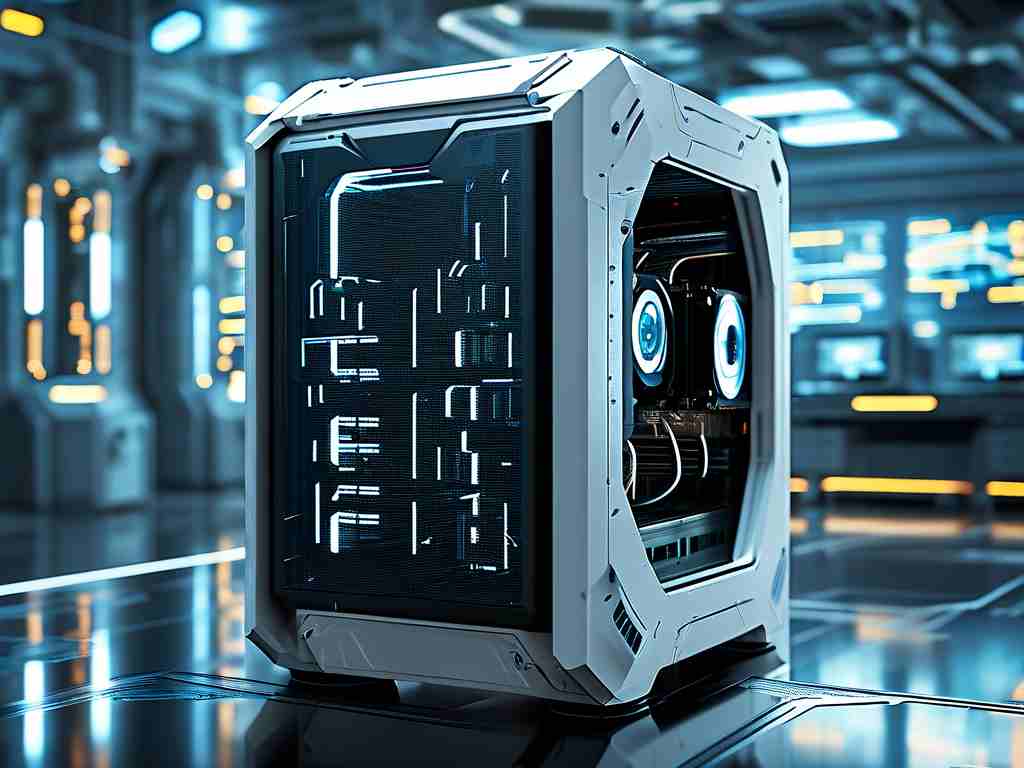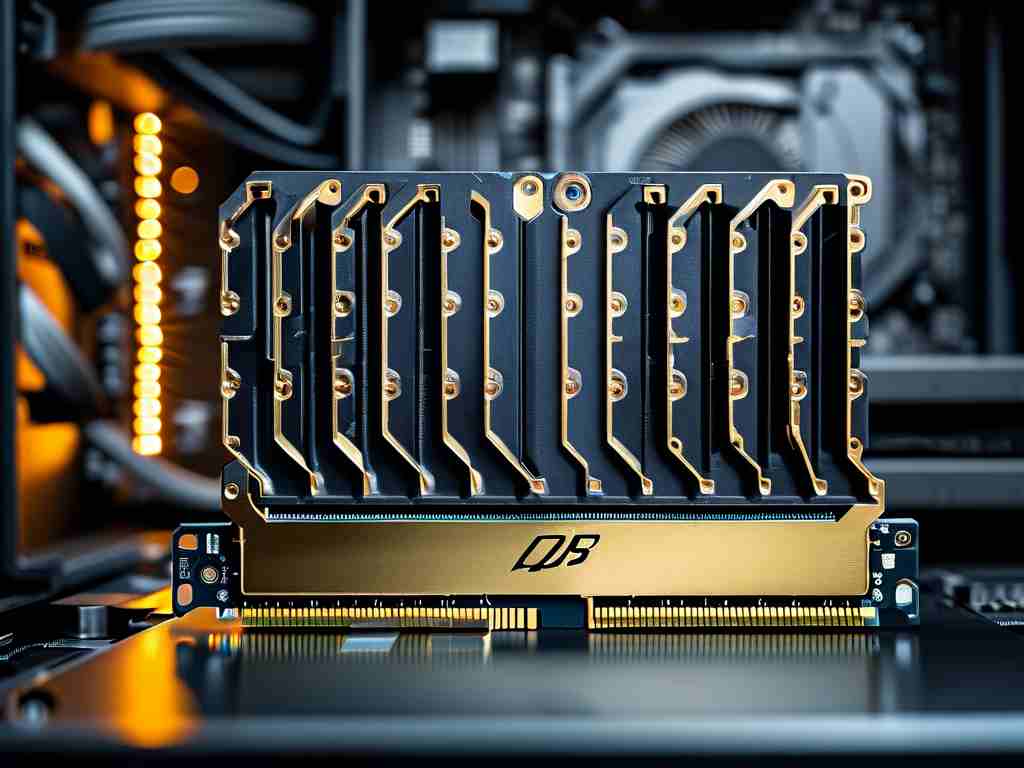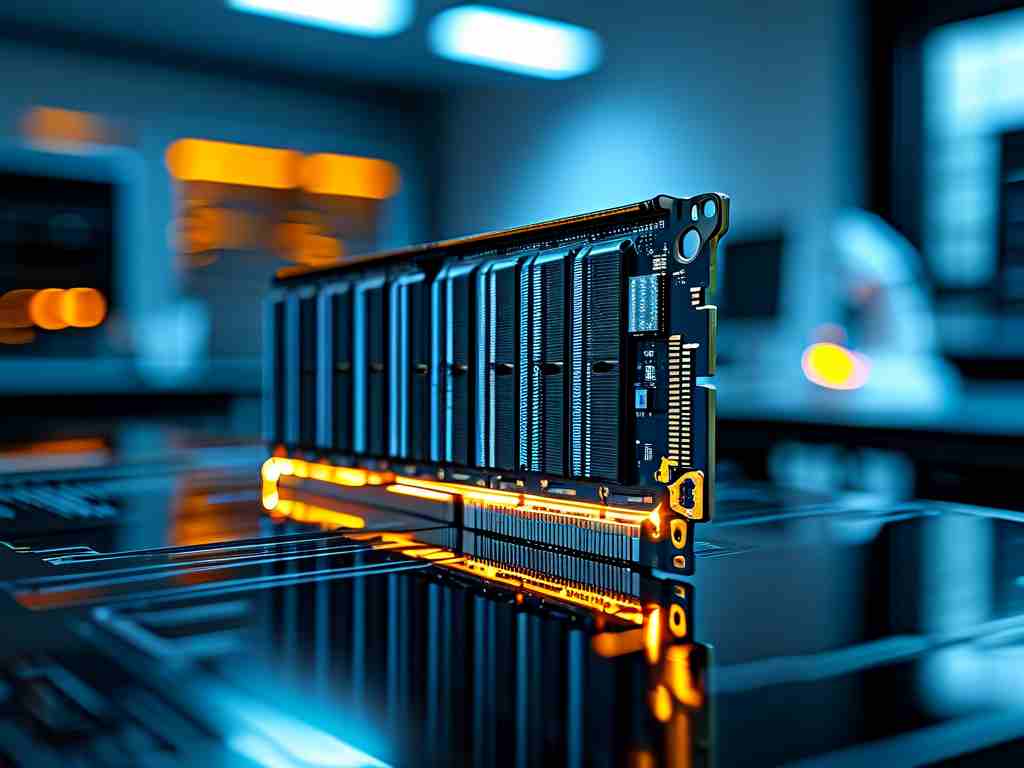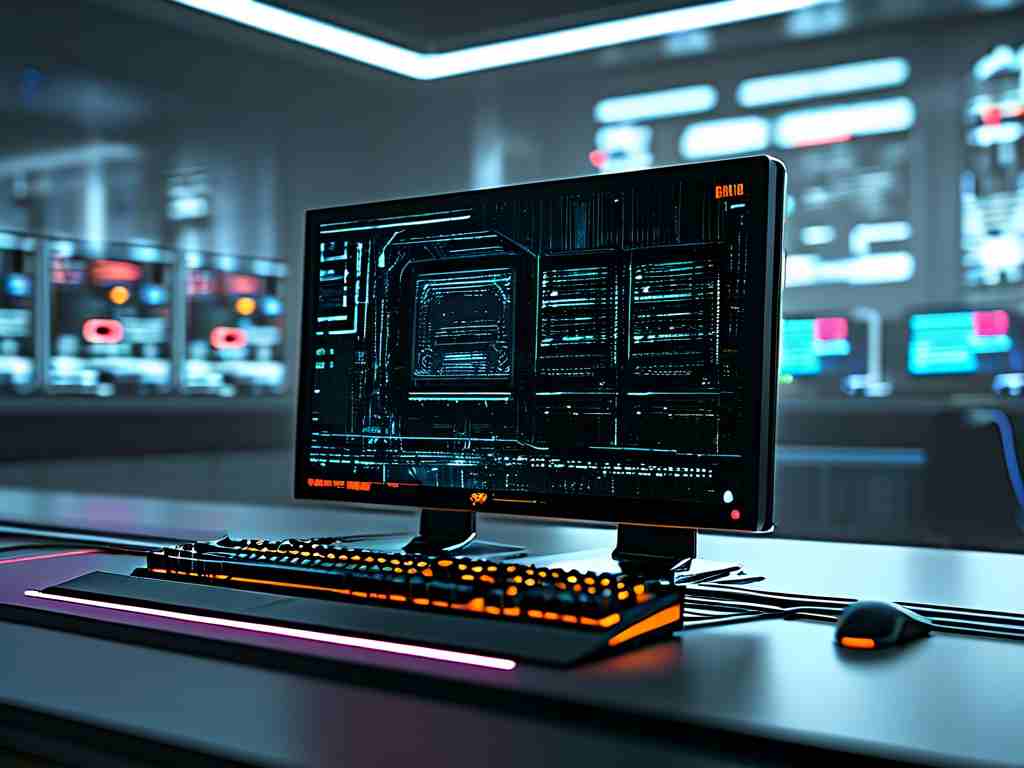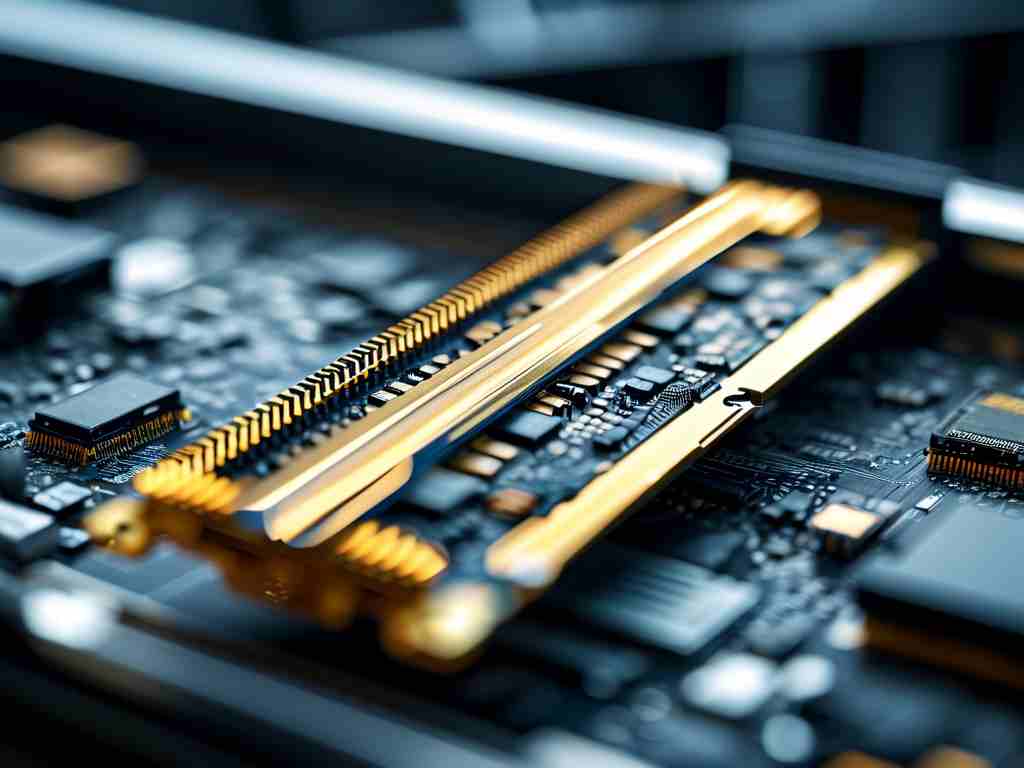In the competitive landscape of modern computing and mobile devices, Samsung has carved a niche with its advanced memory management solutions. At the heart of this innovation lies its precision memory management technology, a system designed to optimize resource allocation, reduce latency, and enhance overall device performance. This article explores how Samsung’s approach redefines efficiency in hardware-software integration and why it matters for both developers and end-users.
The Science Behind Precision Memory Management
Samsung’s precision memory management operates on a multi-layered framework that combines hardware intelligence with adaptive software algorithms. Unlike traditional static memory allocation, which reserves fixed resources for applications, Samsung’s system dynamically adjusts memory distribution based on real-time usage patterns. For instance, when running a graphics-intensive game, the technology prioritizes GPU-related memory allocation while temporarily scaling back non-essential background processes.
A key component is the AI-driven predictive engine, which analyzes user behavior to anticipate memory demands. If a user frequently switches between a productivity app and a video streaming platform, the system learns to keep both applications in a "ready-to-resume" state without overloading active memory. This proactive approach minimizes app reload times and ensures smoother multitasking.
Hardware-Software Synergy
One of Samsung’s standout achievements is its seamless integration of memory hardware with proprietary software optimizations. Take the LPDDR5X RAM used in flagship Galaxy devices as an example. While the hardware itself offers high bandwidth and low power consumption, its full potential is unlocked through custom memory controllers and a lightweight OS layer. These controllers act as traffic managers, directing data flows between the RAM, storage, and processor with minimal overhead.
Developers also benefit from tools like the Samsung Memory Guardian SDK, which allows apps to communicate their memory needs directly to the system. For example, a video editing app can request temporary priority access during rendering tasks, ensuring consistent performance without disrupting other services.

Real-World Impact on User Experience
The practical advantages of Samsung’s precision memory management are evident in everyday scenarios. In stress tests, devices equipped with this technology demonstrated up to 40% faster app launch speeds compared to those using conventional memory management. Battery life also sees improvements, as inefficient memory usage is a known contributor to power drain. By reducing redundant background processes, Samsung’s approach extends usage time by an average of 1.5 hours on mid-range smartphones.
Gamers, in particular, benefit from features like "Turbo Swap," which reallocates memory resources during high-load moments. This prevents frame drops in titles like Genshin Impact while maintaining background connectivity for notifications and voice chats.
Challenges and Future Directions
Despite its successes, Samsung faces challenges in scaling this technology across diverse device categories. Budget devices with limited RAM capacities struggle to replicate the same efficiency gains seen in premium models. However, leaked patents suggest Samsung is exploring compression algorithms that could extend the benefits of precision management to entry-level hardware.
Looking ahead, the integration of on-device AI models promises to refine memory predictions further. Imagine a system that not only adapts to your app usage but also preloads workflows based on calendar events or location data. Such advancements could redefine how we interact with smart devices altogether.

In , Samsung’s precision memory management represents a holistic approach to system optimization. By bridging hardware capabilities with intelligent software, the company sets a new benchmark for performance in an era where every millisecond and milliwatt counts.



